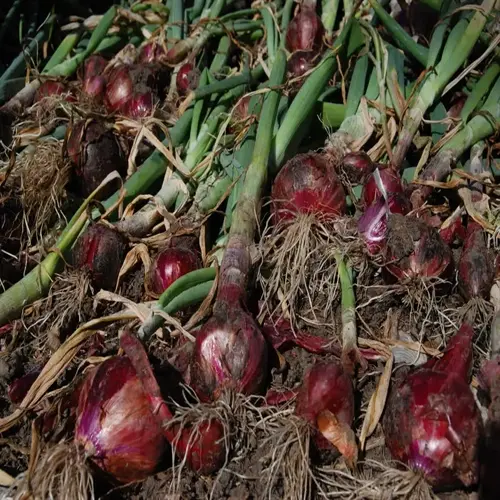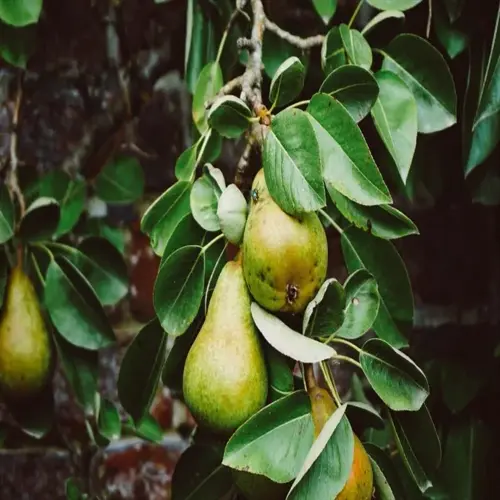What indicates overwatered zucchini plants?

Written by
Julia Anderson
Reviewed by
Prof. Charles Hartman, Ph.D.Overwatered zucchini plants exhibit clear warning signs that require urgent attention. When the leaves turn yellow, shrivel, and the plant exhibits poor vigor despite moist soil, it is facing a serious amount of water stress. Root rot has set in, accompanied by a rotten smell, indicating that the plant has surpassed the stage of safe water management and will likely not recover. I check soil moisture before watering.
Visual Symptoms
- Lower leaves turn uniform yellow starting at edges
- Stems appear soft and translucent near soil line
- Foliage wilts persistently despite moist conditions
Root System Indicators
- Brown mushy roots with foul sulfur smell
- Lack of white healthy root hairs
- Roots easily detach when gently tugged
Correctly fixing overwatered zucchini plants starts with improving drainage. Add perlite or coarse sand to improve holding capacity and create air pockets for drainage. Elevated pots with pot feet will naturally help to keep drain holes free and clear. Stop watering until the soil is visibly dry to a depth of 2 inches. I use my moisture meter to ensure the soil is at least 2 inches deep before watering.
Seasonally adjust watering frequency. Cool weather means watering every 4 to 5 days. A heat wave occurs every 2 days, but reduces the volume of water. Water at the soil level, avoiding foliage. Watering in the early morning will minimize evaporation and reduce the risk of fungal disease.
Stop it from occurring again with proper soil preparation. I place 30% compost in planting beds to help retain moisture, but not too much that the plants have wet feet, as they would be waterlogged. I also mulch the plants with straw, about three inches deep, around the base of the plants. This helps keep the soil temperature regulated while also reducing evaporation.
Observe the plants as they recover. New growth should commence within 7-10 days, with new shoots appearing lighter green in color. If you prefer to remove heavily damaged leaves, feel free to do so. Avoid excessive pruning until the plants have returned to vigor. As the plants recover, you can introduce a light-balanced fertilizer once recovery is established.
Read the full article: When to Harvest Zucchini: Ultimate Guide

